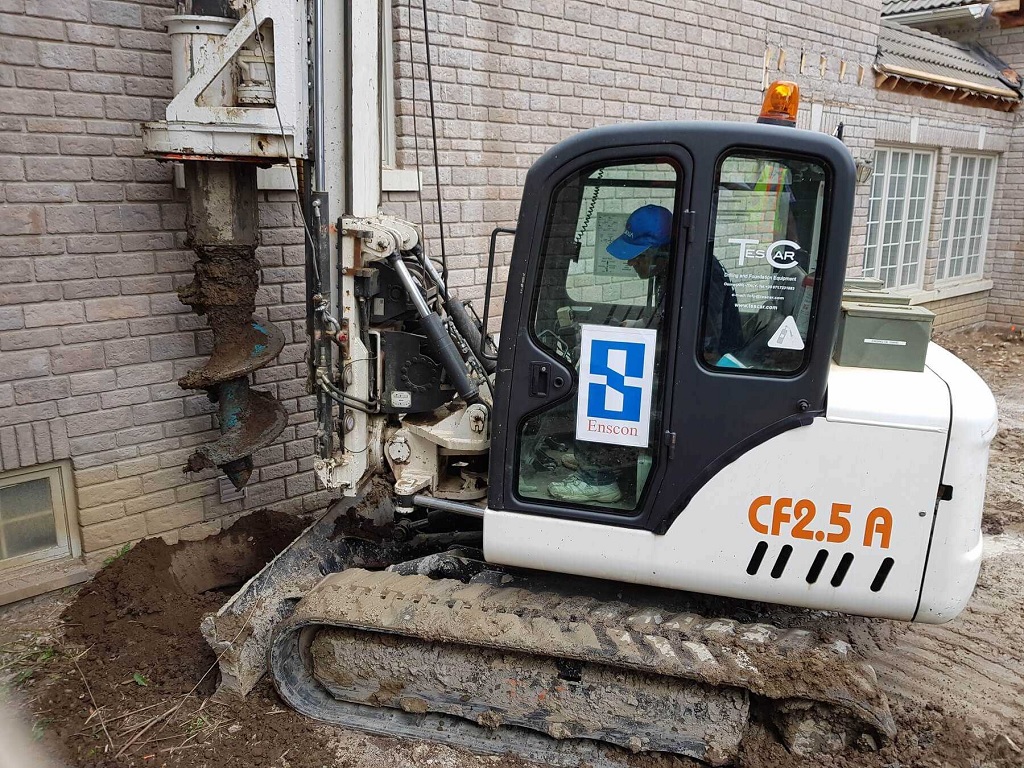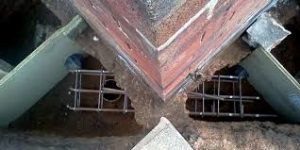
Chemical underpinning is crucial to the architectural tango between strength and stability, especially when dealing with shifting foundations. Its innovative approach to establishing structural integrity sets it apart in Melbourne’s dynamic environment. Chemical underpinning melbourne rectify.net.au/underpinning-melbourne/, a scientific art combination, injects resins into the ground to support and strengthen the foundation. This new solution must be applied carefully using best practices to succeed and last.
Complete soil analysis is essential for chemical underpinning. Understanding the ground’s properties is crucial before applying resin. Chemical reactions vary by soil type, from sandy loams to thick clays. Geotechnical experts must examine the conditions to customize the chemical mix and injection procedure. This first stage is crucial to the success of the entire procedure.
Injection precision determines the following best practice. Chemical underpinning can reach locations traditional procedures cannot, but its strength depends on injection point accuracy and resin flow management. With ground-penetrating radar and real-time pressure gauges, professionals can precisely navigate underground. Controlled expansion is desired to elevate and maintain the foundation without stress or displacement.
Chemical-supporting best practices include resin selection. Not all resins are the same; soil composition, environmental variables, and construction needs must be considered. Sustainability and safety are driving the popularity of biodegradable, non-toxic resins. These materials must balance expansion, strength, and longevity to strengthen the foundation without harming the environment.
The best practice concludes with timing and post-injection monitoring. Chemical underpinning requires ongoing monitoring of the resin’s and soil’s behavior to inform future maintenance and underpinning operations. Regular follow-ups identify modifications and verify the underlying performance as planned. This preventive strategy prevents minor concerns from becoming major ones, preserving the building’s structural integrity.
Adopting chemical underpinning best practices in Melbourne and beyond is about setting a new standard in construction and renovation projects. Scientific understanding, technological innovation, and a solid commitment to quality and safety will become increasingly important as this technology becomes widespread. The result? Substantial buildings built on chemistry and the intelligence and care of their users.







